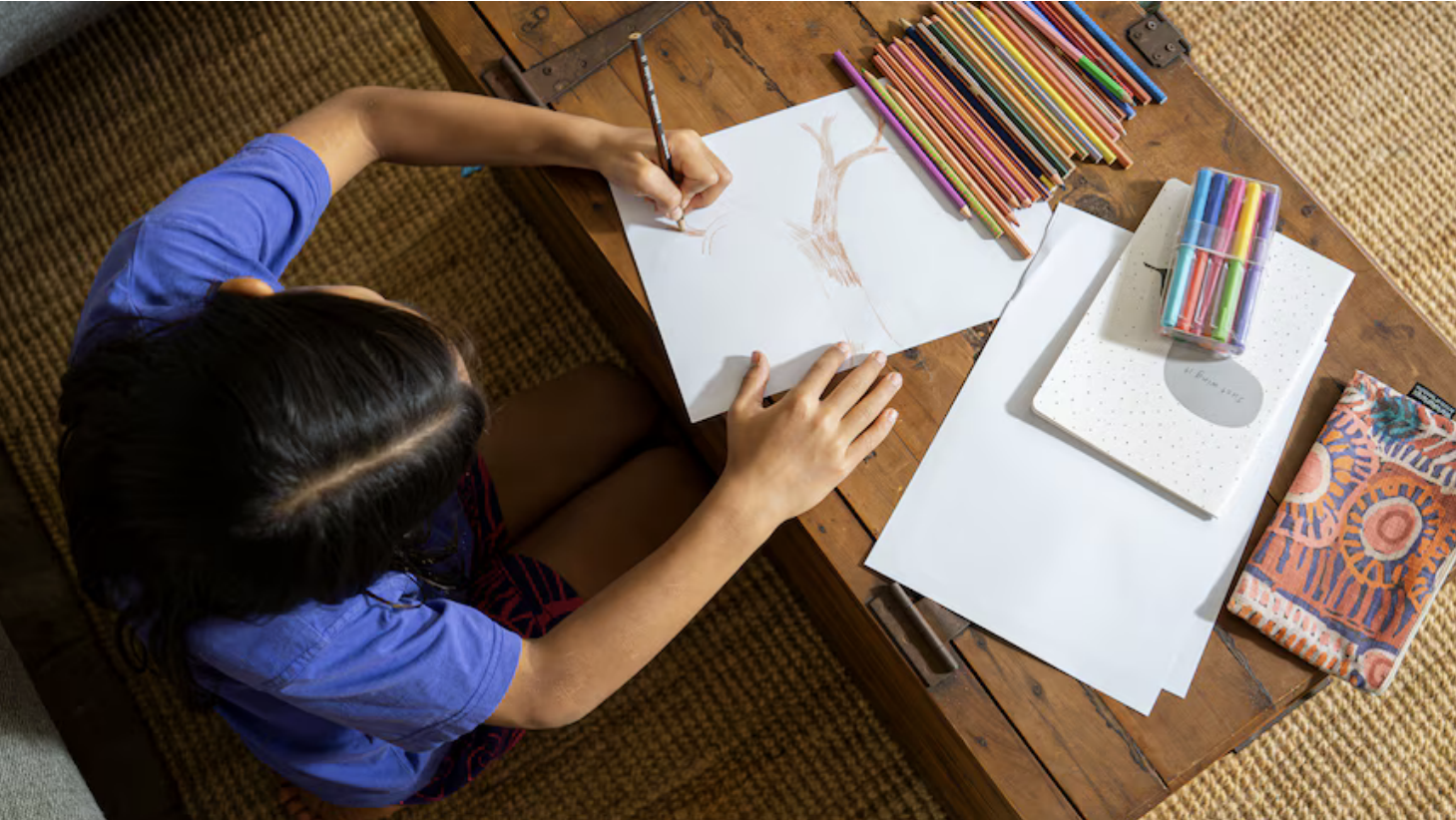

Learning styles is a term that refers to different ways in which we learn, process and retain information. There are many models and theories about learning styles. This particular system about an individual’s learning preference is known as VARK. It is one of the most widely used categorisations of learning styles.
The VARK model identifies 4 main learning preferences used for learning information, including: Visual, Aural/Auditory, Read/Write, and Kinesthetic/ Sensory.

A visual learner is the most common type of learning style. When information is presented in written form or visually through diagrams, graphs or pictures the student retains more information. Visual learners can also be very good with spatial thinking and recalling images or places in their minds. When it comes to listening or reading, visual learners do better if the speaker or text includes imagery that they can imagine. If they can visualize what a speaker is talking about, they can better retain that knowledge.
Learning strategies:

As an auditory learner, this child gains understanding when s/he hears instructions or information verbally. Auditory learners retain knowledge best through hearing information rather than seeing it. Auditory learners are very good at repeating information back once they've heard it. They tend to be good at noticing people's inflection and tone or subtle changes in their language. Auditory learners are good at picking up language, verbal communication and retaining long lectures. They can also be fantastic storytellers.
Learning strategies:

People who excel at the verbal part of learning differ from visual learners because they are not discouraged by long texts. Verbal learners love language, whether written or spoken. People who are verbal learners are very good at absorbing information through the written word. They can take in vast amounts of complex written words and condense it into more easily digestible information.
Learning strategies:

As a tactile/kinesthetic learner, this child learns best when there is movement or some sort of physical engagement involved during a lesson. This child enjoys hands-on experience where they can manipulate things in order to learn about it. They tend to be coordinated and do well at activities like building, sports, art or drama. They also are adept at learning by watching someone else, and they're likely to have great motor skills and hand-eye coordination.
Learning strategies:
Although there may be a strong preference to one of the learning techniques, it’s also possible that there can be a combination of more than
two learning techniques. Multiple learning preference are interesting and varied and finding the best method to manage them can be lead to
the learner experiencing an exceptionally high quality of learning.
Identifying learning preferences according to the VARK model is a ‘short and simple inventory‘ that focuses on practicality and understanding. It therefore provides assistance to learn more effectively. Discover your child's learning style now. http://vark-learn.com/the-vark-questionnaire/